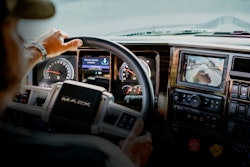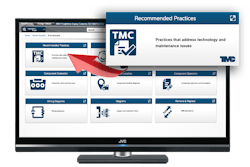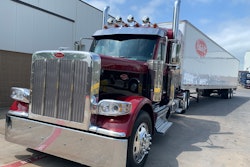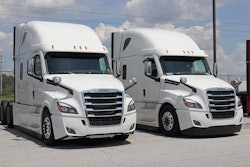The following was published in CCJ's Air Brake Book, 11th edition, sponsored by SilverbackHD. CCJ's Air Brake Book is a complementary industry resource, courtesy of our partnership with SilverbackHD, the Technology and Maintenance Council and Commercial Vehicle Safety Alliance. You can download the entire Air Brake Book here.
A balanced brake system is when the entire brake system, from front to back, (including the tractor and trailer) react at the correct time to produce equal timing and brake pressure.
• Disc and drum brakes perform differently, so matching like brake designs will provide more consistent performance.
• Various brands of friction and material types within those brands have different performance characteristics.
• Each friction formula has different stopping power vs other friction formulas
• If different friction formulas are used on different axles (or sides of a vehicle), the brake with the higher coefficient of friction will do more work; the lower friction may gradually glaze over due to lack of work, and the results are unstable braking (or worse); the higher friction wheels will deliver faster wear rates and more stopping power; the lower friction wheels won’t do their share of the work and instability results; and certain brakes, when overworked, can also potentially fade and cause instability under load.
• Challenge your parts supplier to assist you in selecting the right friction for your application.










